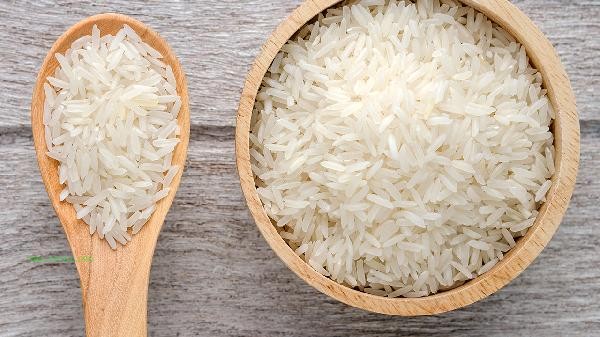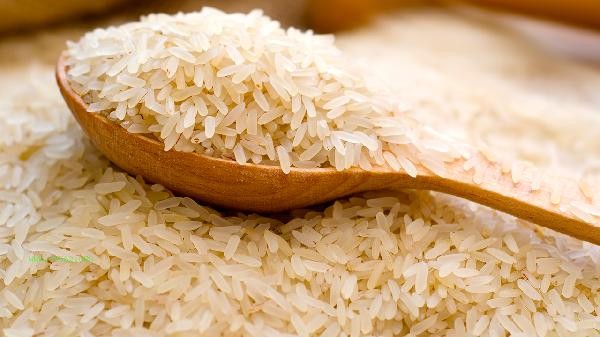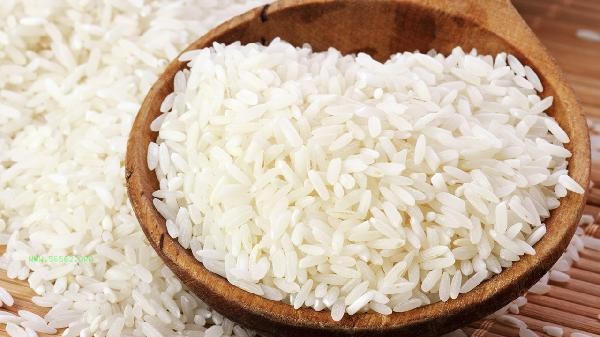The common insects in rice mainly include rice weevil, corn borer, wheat moth, red flour beetle, and sawdust beetle. These pests usually breed when stored improperly or in damp environments, which may affect the quality and safety of rice consumption.

1. Rice weevil
Rice weevil is one of the most common pests in rice, with an adult body length of about 3 millimeters and a reddish brown color. Larvae will feed on the inside of rice grains, causing holes to appear in the grains. The breeding speed of rice elephants is fast, and they are more likely to breed in high temperature and high humidity environments. Rice that has been eaten by rice elephants will have a reduced nutritional value and a worse taste. The key to preventing rice weevils is to maintain a dry and ventilated storage environment.
2. The grain beetle
has a small body size of about 2 millimeters and is dark brown in color. They not only eat rice, but also harm other grains. The larvae of the corn borer leave small holes on the surface of rice, while the adults lay eggs in the rice pile. Rice invaded by corn beetles is prone to mold and spoilage. Regularly flipping rice bags and storing them in sealed containers can effectively prevent the breeding of corn beetles.
3. Wheat Moth
Wheat Moth is a small moth whose larvae spin silk and build webs to stick rice grains together. The adult has a body length of about 10 millimeters and gray brown wings. When wheat moth larvae feed on rice, they leave behind filamentous substances and excrement, seriously affecting the quality of rice. When the activity of wheat moths is detected, contaminated rice should be immediately disposed of to prevent the spread of pests.

4. Sitophilus zeamais
Sitophilus zeamais is about 4 millimeters long, reddish brown in color, and likes to lay eggs and reproduce in grains. They not only eat rice, but also produce unpleasant odors. The suitable growth temperature for the red flour beetle is 25-30 degrees Celsius, and it is easy to reproduce in large numbers in summer. Maintaining low temperature and dry storage conditions can effectively suppress the growth of red flour beetle.
5. Sawing Valley Thief
Sawing Valley Thief has a flat body, about 3 millimeters long, and is dark brown in color. They have strong vitality and can survive in harsh environments. Sawing thieves will gnaw on the surface of rice, causing damage to the grains. Rice that has been invaded by grain thieves is prone to mold and spoilage. Using vacuum packaging or placing desiccants can effectively prevent the invasion of sawmill thieves.

To prevent rice from being infested with pests, it is recommended to store the rice in a cool and dry place and use a sealed container for preservation. Newly purchased rice can be frozen for 24 hours to kill insect eggs. Regularly inspect stored rice and promptly address any pest infestations. Rice with a small amount of insect infestation can be sieved, thoroughly cleaned, and cooked before consumption. Rice with severe insect infestation or mold growth is not recommended for continued consumption. Keep the kitchen and storage cabinets clean and hygienic to avoid cross infection with pests. Choose high-quality packaged rice products and pay attention to checking the production date and shelf life.








Comments (0)
Leave a Comment
No comments yet
Be the first to share your thoughts!